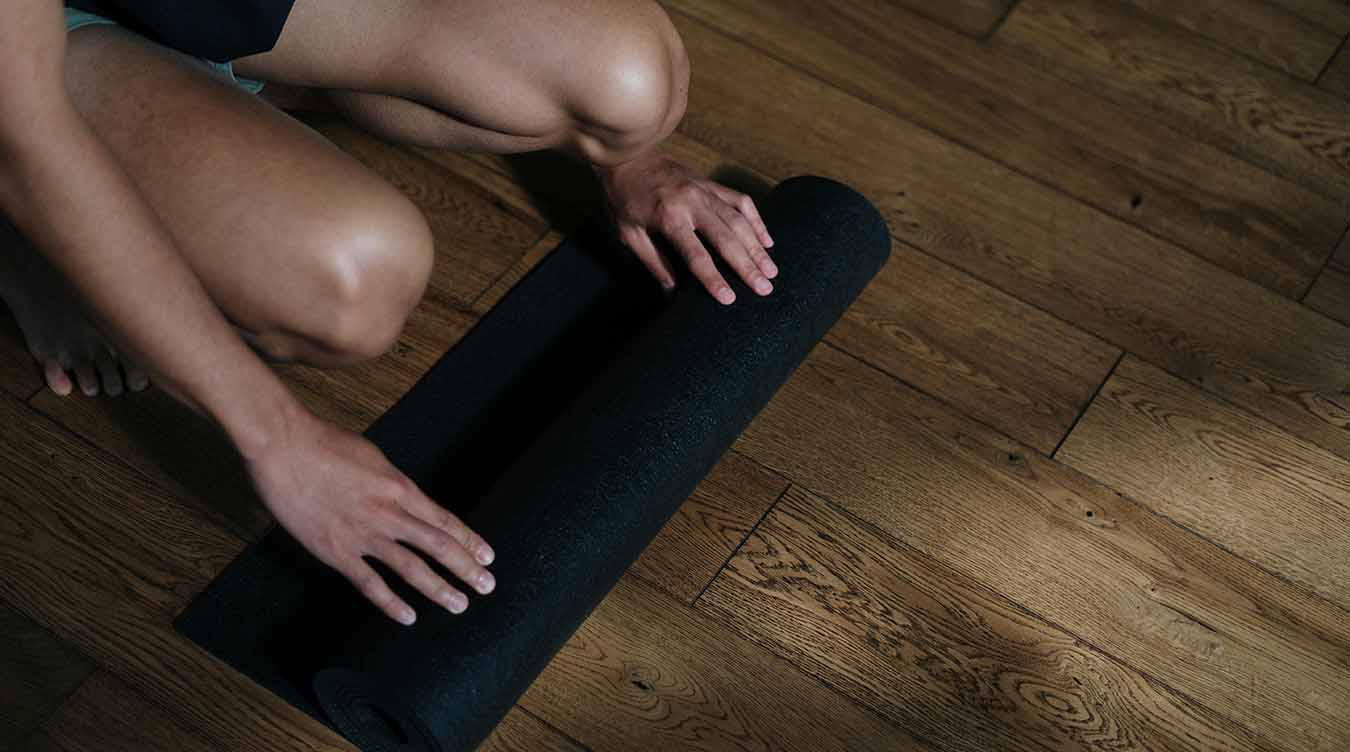Ashtanga Yoga: A Whole Handbook
Ashtanga yoga is a strenuous style of hatha yoga that adheres to a predetermined series of poses. It’s a demanding exercise meant to increase endurance, flexibility, and strength.
The Sanskrit term for Ashtanga yoga translates to “eight-limbed path.” Ashtanga yoga’s eight limbs are as follows:
- Yama (limitations)
- Niyama (conformity)
- Asanas are bodily positions.
- Pranayama: the control of breath
- Pratyahara, or the “senses being withheld,”
- Dharana means focus.
- Dhyana, or the practice of meditation
- Samadhi, or realization
Ashtanga yoga sessions usually start with a warm-up and go through the prescribed poses in order. After a cool-down and savasana (corpse posture), the session will conclude.
The Mysore practice is the name given to the predetermined set of poses in Ashtanga yoga. Students master the posture sequence at their own pace in the self-paced Mysore practice.
Although it can be difficult, ashtanga yoga is also incredibly beneficial. It’s a fantastic method to enhance both your mental and physical well-being.
Advantages of Yoga Ashtanga
Ashtanga yoga offers a plethora of advantages, such as:
- Enhanced power
- increased adaptability
- Enhanced endurance
- Decreased tension Enhanced mood Enhanced vitality
- Increased awareness of oneself
How to Get Ready for a Class in Ashtanga Yoga
There are a few things you can do in advance of your first session if you are new to ashtanga yoga:
Dress comfortably so that you can move around.
Bring a bottle of water and a yoga mat.
Get to class early so you have time to settle in.
Inform the instructor of any illnesses or injuries you may have.
What to anticipate from an Ashtanga yoga session
Warm-up exercises are usually the first part of an Ashtanga yoga class, and then the Mysore practice. After a cool-down and savasana (corpse posture), the session will conclude.
Students master the posture sequence at their own pace in the self-paced Mysore practice. Every pose will be shown by the instructor, who will also offer variations based on students’ skill levels.
It will be emphasized to you to pay attention to your body and refrain from overexerting yourself. You don’t need to compare yourself to other practitioners of Ashtanga yoga because it’s a non-competitive practice.
Beginner Ashtanga Yoga Pose
Here are some fundamental ashtanga yoga positions to get you started if you’re new to the practice:
- Sun salutation, also known as surya namaskar, is a sequence of poses connected in a flowing fashion.
- The four-limbed staff pose, or chaturanga dandasana, is a difficult pose that calls for flexibility and strength.
- Urdhva mukha svanasana, also known as upward-facing dog, is a backbend that opens the shoulders and chest.
- Adho mukha svanasana, or downward-facing dog, is a forward-bending pose that works the calves and hamstrings.
- Standing posture known as warrior pose (virabhadrasana I) strengthens the legs and core.
In summary
You may greatly enhance your physical and mental well-being by practicing Ashtanga yoga. There are plenty of materials available to assist you in getting started if you’re interested in giving ashtanga yoga a try. Most gyms and yoga studios provide ashtanga yoga classes. A plethora of online materials, including articles and videos, are also available to teach you the fundamentals of ashtanga yoga.

